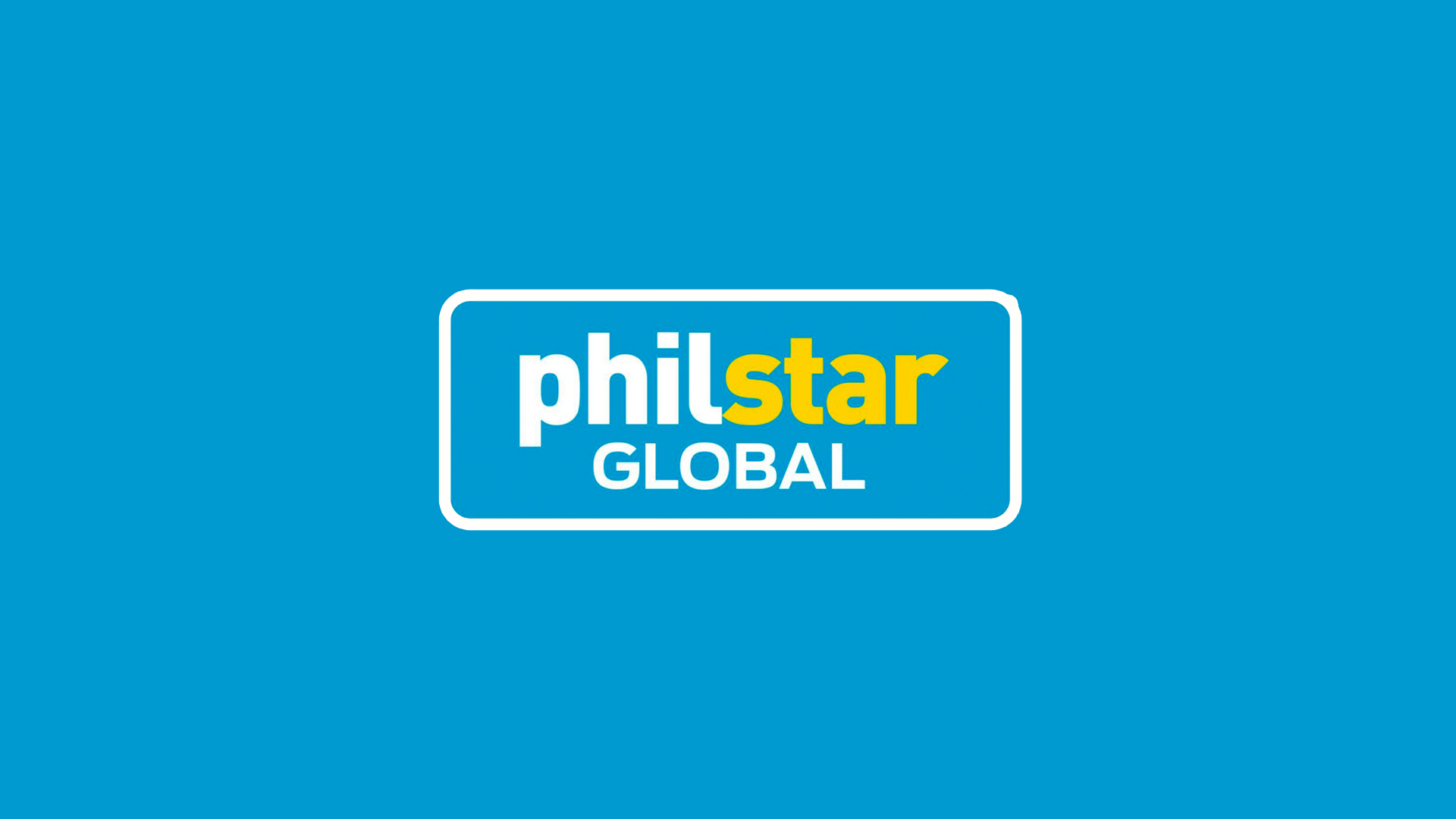
(Second of two parts)
PR is perceived to be a soft function. But this perception is changing given the success stories of how this function is proving its worth as a growth enabler and a business driver.
PR often works on intangibles: brand reputation, stakeholder trust and public perception. However, the outcomes of PR efforts can and should be measured against business objectives. These tangible metrics include:
1. Revenue growth: Public relation campaigns which enhance visibility and credibility contribute to improved sales. For instance, the ride-hailing application of Southeast Asia, Grab, relied on PR to make safety a core feature of their firm and to make contributions toward their community.
2. Market share: Effective PR campaigns can reposition a company in competitive markets. In the Philippines, Jollibee consistently uses PR to reinforce its image as a brand that celebrates family values, helping it maintain dominance over global competitors like McDonald’s.
3. Crisis mitigation: A strong PR strategy helps minimize losses incurred in a crisis. In the case of Cebu Pacific, it made a proper response by posting apologies through its PR teams, describing action plans for flight delay and communication with concerned customers. It limited damage to its reputation and customer trust.
4. Investor confidence: PR plays a critical role in managing shareholder and investor relations. SM Investments Corp., one of the largest conglomerates in the Philippines, regularly publishes updates about its sustainability efforts. These efforts not only enhance its reputation but also attract ESG (environmental, social and governance)-focused investors.
To make PR results tangible, CFOs and CEOs need to understand how PR initiatives can be integrated into more general business strategies. Here are actionable ways PR can have a direct impact on the bottom line.
1. Building consumer trust: Consumer trust is the real currency, especially in the Philippines, where brand loyalty runs deep. Trust has a significant influence on purchase behavior, repeat transactions and word-of-mouth marketing.
Case in point: PLDT Home
PLDT Home launched campaigns focusing on providing strong, reliable internet connections for families, particularly during the pandemic when remote work and online learning became essential. By emphasizing dependability and family connection in its PR efforts, PLDT Home bolstered customer trust. Tangible outcome: The campaign led to increased subscriptions and a stronger market position as the go-to internet provider for Filipino households.
2. Improving employer branding: A good PR strategy that focuses on an organization’s workplace culture helps attract and retain talent; it saves costs associated with turnover.
Case in point: STI
STI has strengthened its employer branding by showcasing its commitment to quality education, faculty development and student success through strategic PR initiatives. By highlighting its innovative teaching methods, industry partnerships and career-ready programs, STI positions itself as an employer of choice in the education sector, attracting top teaching talent and reducing employee turnover. Tangible outcome: STI has improved talent acquisition and retention, resulting in a more stable and motivated workforce, reinforcing its reputation as a premier institution for education and career development.
3. Thought leadership: PR positions a company or its executives as thought leaders, which increases credibility and opens doors to partnerships, investments and market expansion.
Case in point: Vivant Corp.
Vivant Corp., under the leadership of president and CEO Arlo Sarmiento, leverages thought leadership in the energy sector by advocating for sustainable and innovative power solutions. Through strategic media engagements, industry forums and policy discussions, Sarmiento positions the company as a forward-thinking player in the evolving energy landscape. This credibility not only strengthens Vivant’s brand reputation but also attracts investors, fosters high-value partnerships and creates opportunities for market expansion. Tangible outcome: Vivant Corp. has secured investor confidence and strategic partnerships, reinforced by its pioneering seawater desalination project in Cordova, Cebu, strengthening its position as a leader in sustainable infrastructure solutions.
Measuring PR’s impact on the bottom line
CFOs and CEOs are often looking for numbers to justify investments in PR. Here are some ways to measure PR success:
1. Media impressions: Measure the coverage and value of media placements. A feature in The Philippine star and other major dailies and online publications can greatly impact the perception of the brand.
2. Sales correlation: Monitor sales before and after PR campaigns. Increased sales after the campaign will help relate revenue growth to PR efforts.
3. Web traffic and engagement: Track the rise in traffic to the website, growth in social media followers and online engagement. Such data often tends to reflect trends in PR campaigns.
4. Reputation scores: Track changes in public perception with tools such as net promoter score (NPS) or sentiment analysis.
5. Share price movement: Positive PR stabilizes or raises share prices that reflect investor confidence.
6. Improve stakeholder relations: PR connects and bridges companies and brands to their target consumers and stakeholders helping facilitate sales, improve relationships; and improve partnerships crucial in business expansion and growth.
Collaboration between PR teams and financial leaders is the only way to fully harness PR’s value. PR is no longer only about managing publicity; in today’s competitive landscape, it has become a strategic function that drives measurable business results. CEOs and CFOs who invest in PR and collaborate with their communications teams are better positioned to take advantage of opportunities, mitigate risks and achieve sustainable growth.
By embracing PR as something tangible that contributes to the bottom line, companies can unlock its full worth, turning stories into strategy and narratives into numbers. Indeed, the path is clear. PR is not a mere cost center; it is a growth enabler and a business driver.
